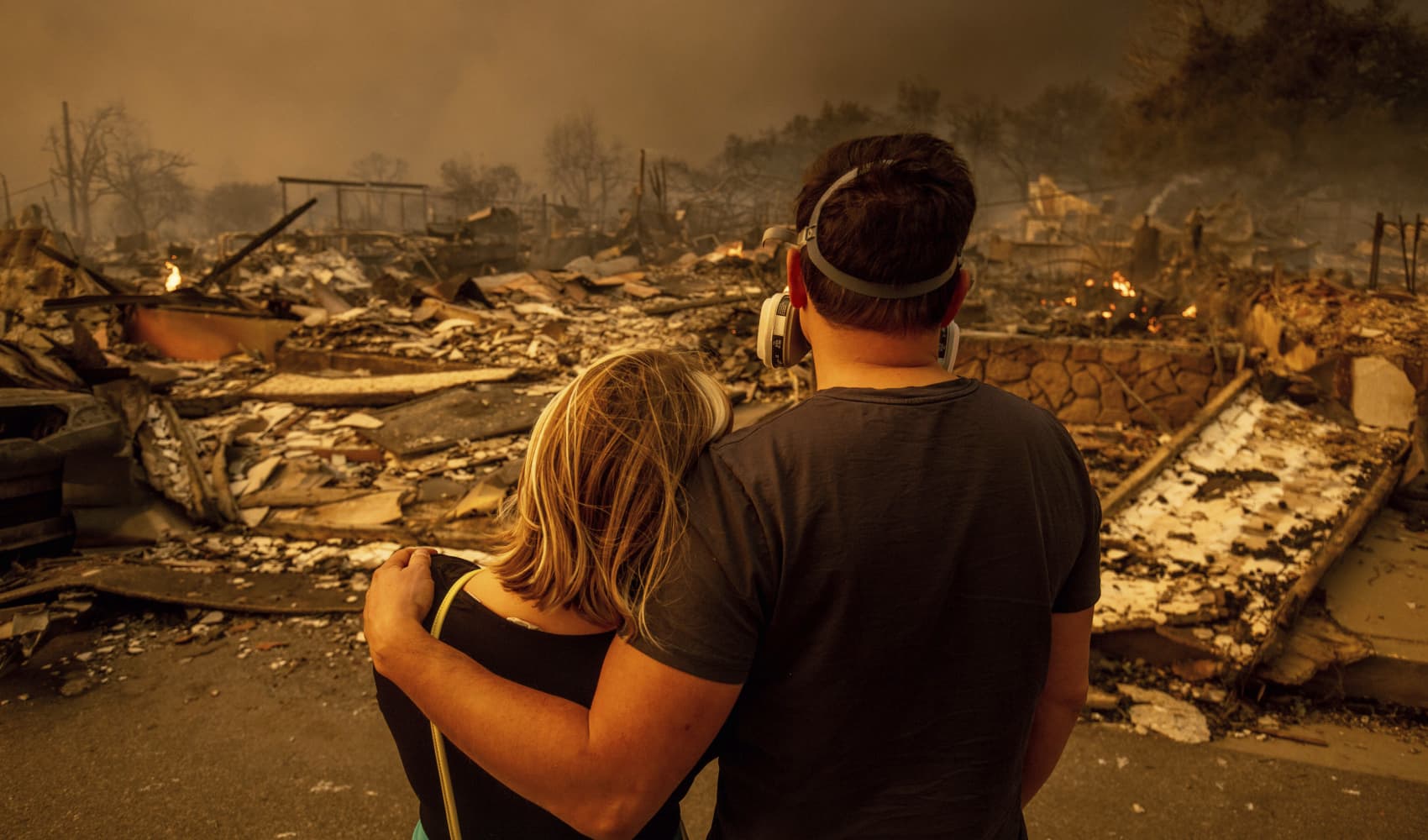What does the United States, France and Chile all have in common? Among many things, each country has a flag encompassing a red, white and blue theme.
You might've wondered such a question while taking a geography class, driving past a building surrounded by flags -- such as the United Nations headquarters -- or browsing through international teams on FIFA for your next match.
WATCH ANYTIME FOR FREE
Stream NBC10 Boston news for free, 24/7, wherever you are. |
It's quite common that 28 countries around the globe have such a combination.
But there are specific reasons why countries designed its flags using that trio of colors.
Get updates on what's happening in Boston to your inbox. Sign up for our News Headlines newsletter.
Ted Kaye, secretary of the North American Vexillological Association, outlined four reasons. Vexillology, if you're curious, is the scientific study of the history, symbolism and usage of flags or, by extension, any interest in flags in general.
The first reason is practicality, as red, white and blue make sense from a creation standpoint.
"The practical reason for red, white and blue being popular is that those are the best, long lasting colors in the history of dyes," Kaye said. "White is the result of bleaching. It's relatively easy to create. Red and blue were strong dyes. [...] So dye technology of hundreds of years ago favored red, white and blue."
U.S. & World
The second reason involves imitation and influence, which Kaye described as the "more important" one of the four.
"Country flags show ties to each other and reflect the influence of their symbolism, including colors," Kaye said. "These create flag families of related flags. Flags started out on the battlefields, first in Asia, then in the Middle East and into Europe, and then became important in maritime trade.
"In the 1600s, the Netherlands was a dominant seafaring nation and its flag was a horizontal tri bar, a red, white and blue. And that set the example for other countries. The Czech flag uses those colors, too, and the Dutch colors influenced countries and other flags in its orbit."
Third, each color presents a specific meaning, which are applied to the colors after the flag's adoption.
"So, the third reason for red, white and blue might be the reasons that are attributed to the colors that sometimes those reasons are given to the colors after the flag is adopted," Kaye said. "... Red is commonly associated with blood. Therefore, bravery and sacrifice quite often means peace or purity. And blue can mean truth or tranquility, or sometimes water or sky."
Lastly, the aesthetics of the triad has a gravitating factor towards people, though Kaye said additional research is necessary to further comprehend why that is.
"My neighbor, the acclaimed artist, an animator, Joanna Priestley, thinks that there may be a visual appeal to red and blue when they're seen together, especially," Kaye said. "We need more research in human color perception to understand that. But it may be that people just like seeing red and blue."



